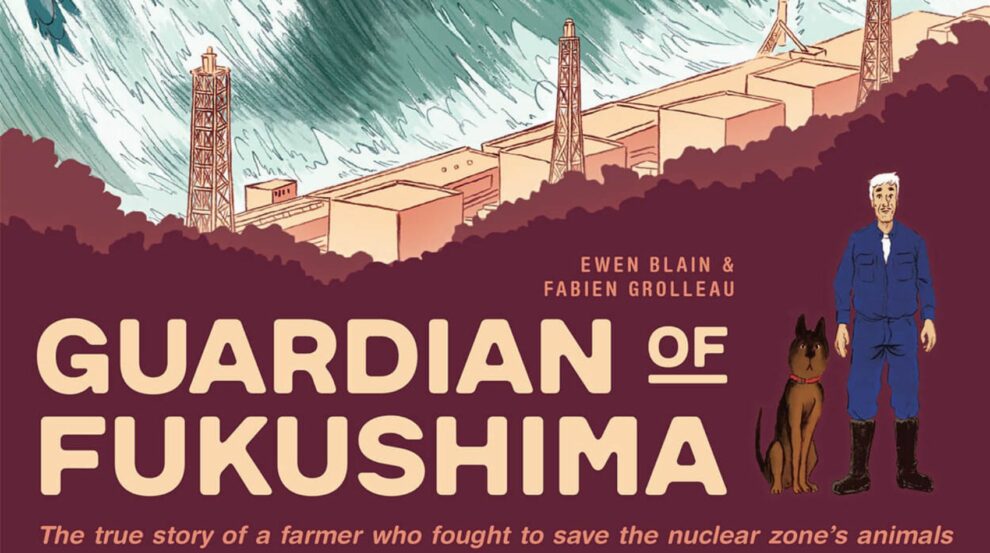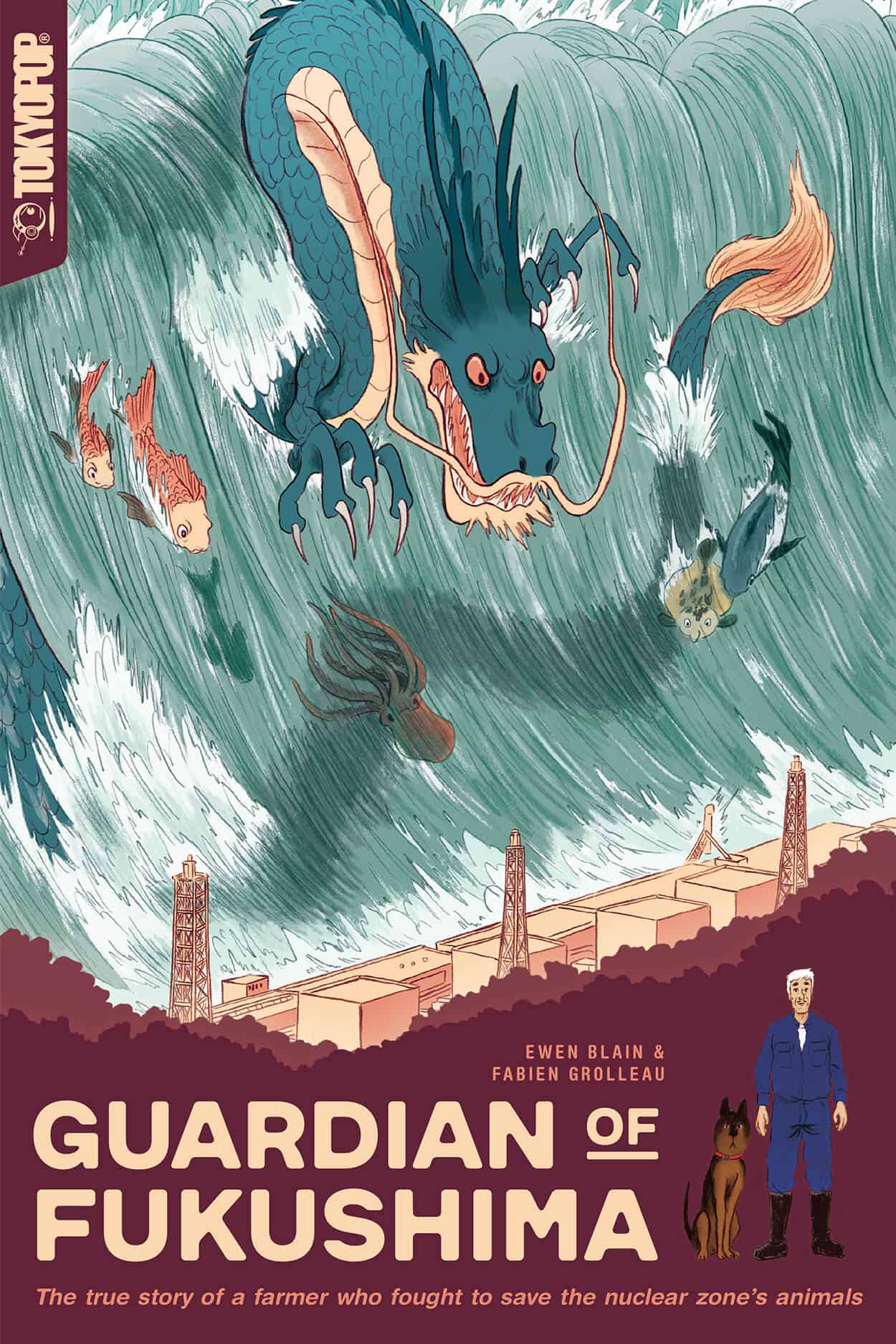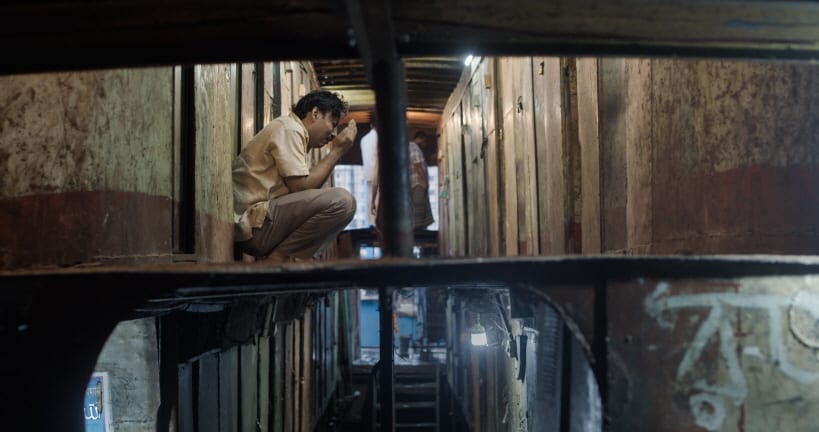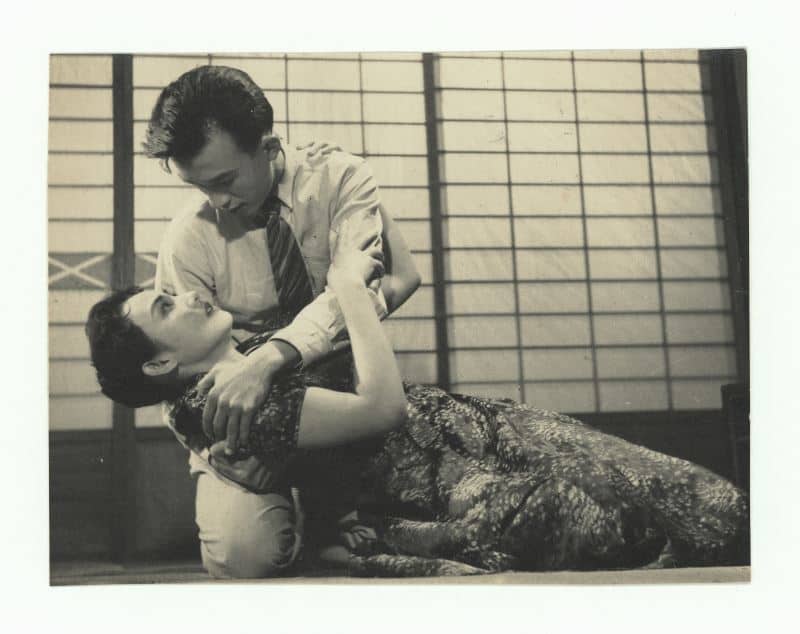“March 11th, 2011: a massive earthquake off the coast of Japan triggered a devastating tsunami which, in turn, destroyed the three core reactors of the Fukushima nuclear power plant. This tragedy cost almost 20,000 lives and devastated countless more, including Naoto Matsumura, a farmer ordered to evacuate from the deadly radiation zone. Unwilling to abandon his beloved animals, Matsumura chose to return home to his farm, and to fight for the beauty of life. This powerful graphic novel from France intertwines Matsumura's story of human resilience and compassion with the compelling mythology of Japanese folk tales.” (TOKYOPOP)
Framed in the forward to the comic, when tragedies strike, the humanity of the situation is often lost in statistics that don't quite illicit a response reflective of the actual horrors that occurred. It is, undeniably, simpler for those unaffected directly to take in the tragedy by the numbers, acknowledge its severity, and move on. This further relates the sentimentality of both the creators and Tokyopop of the importance of telling stories, which allows the reader to understand the experienced severity of the situation–both the devastation and the stories of individuals affected.
The story of Naoto Matsumura is one that not many will be familiar with and learning about his effort within the quarantined zone is bound to evoke a strong emotional response from those first hearing of his dedication to saving abandoned animals. The comic, undeniably, captures the sincerity of Matsumura in treating creatures as an integral part of the community, particularly farm animals that are integral to the livelihood of the inhabitants. Furthermore, through Matsumura's knowledge of folklore, the story acts to explore the cultural significance of the disaster through interpretations that blend science and mythology to understand the disaster from a distinctly Japanese perspective.
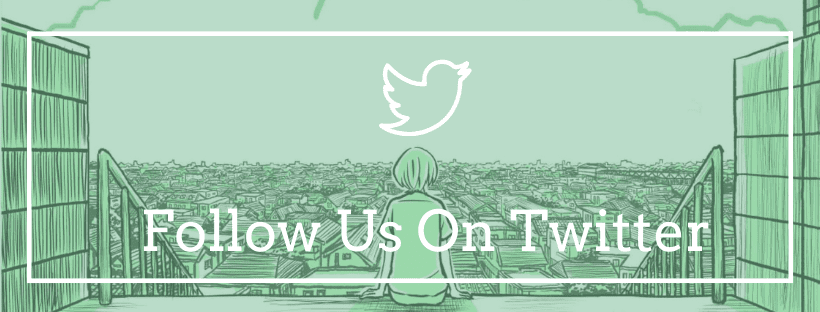
The sincere narrative is bolstered by a rather picturesque artistic direction that uses watercolor to bring the vibrancy of the rural Japanese landscape to life. Ewen Blain's color schematic and simple character design bring a warmness and familiarity to the work that makes the themes easily approachable. Furthermore, the soft watercolors perfectly convey the eccentric Yokai that weave their way into the story that both showcase the fury of nature and the scats left after the nuclear accident.
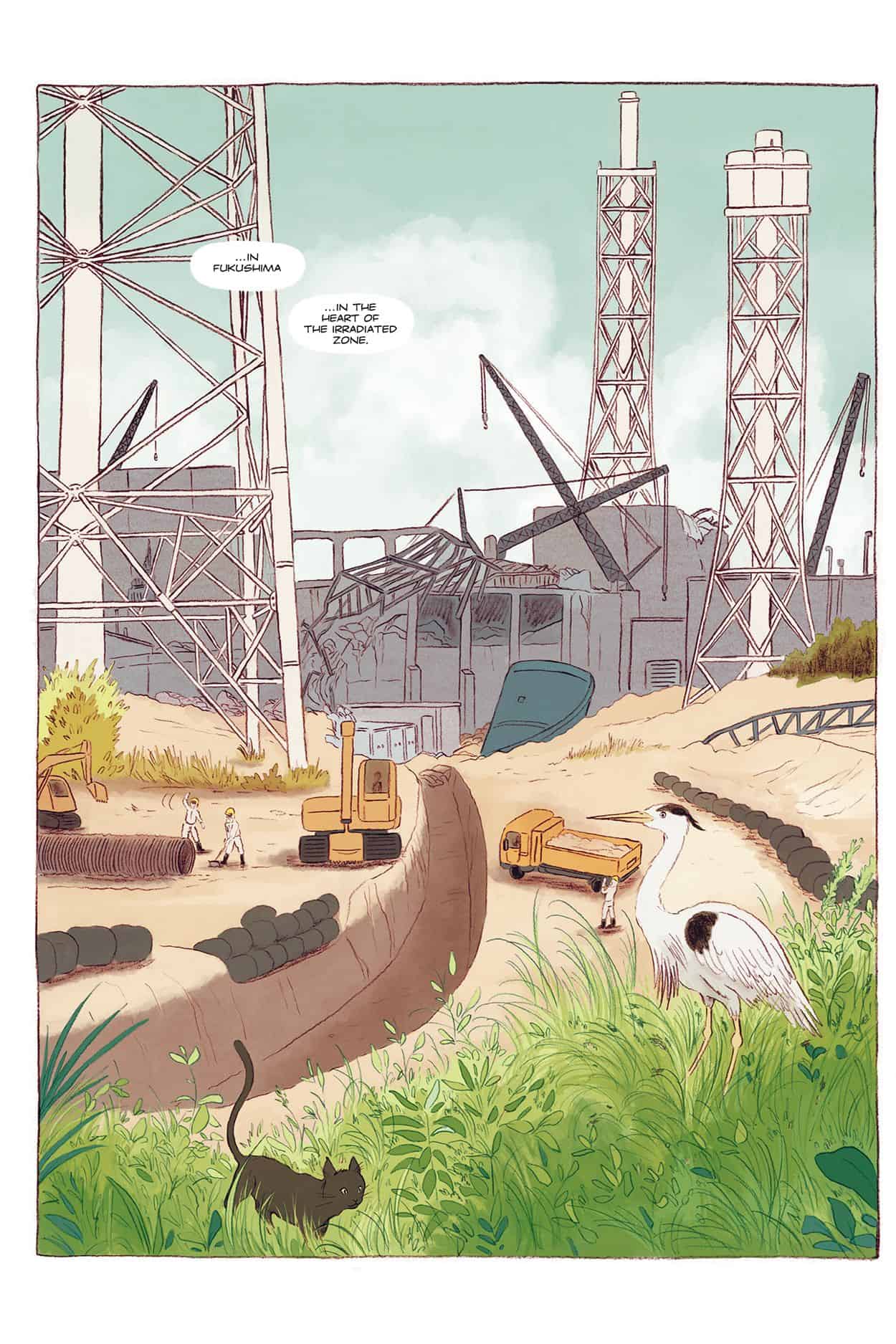
The book includes additional content, opening with a forward from writer Ronald Ketls and TOKYOPOP founder Stu Levy. There are also closing segments which include words from the creative team, updated information on the situation in Fukushima, and a photo gallery showing some of the aftermath including the sad fate of abandoned livestock. The latter, while uncomfortable, is integral to understanding how dire the situation was for animals in Fukushima and why Naoto Matsumura stayed despite the risk. Presentation-wise, the book balances the remarkable plight of Naoto Matsumura while conveying the devastation of the aftermath of the fallout.
It is difficult not to feel stirred by “Guardian of Fukushima” from the anger felt towards the mistakes that caused many people their lives, and many others their homes and sense of purpose, to animal rights which were seen as secondary. While many animals perished due to neglect, the amount that was saved from having drawn out suffering due to neglect is an important story to be told around the incident at Fukushima. It is as powerful a read as it is a harrowing one when taking into account what transpired. Yet, presenting the story with sincerity under gorgeous art direction, and with additional content that lets the reader see beyond the story of Matsumura, the book is an unforgettable story that readers should seek out.


